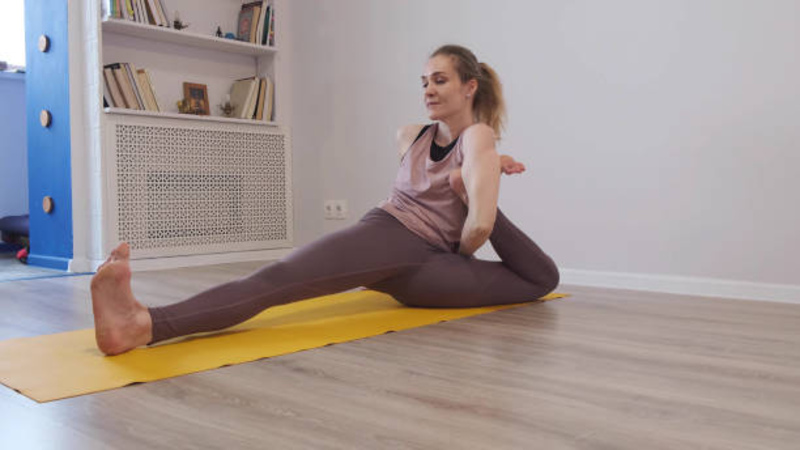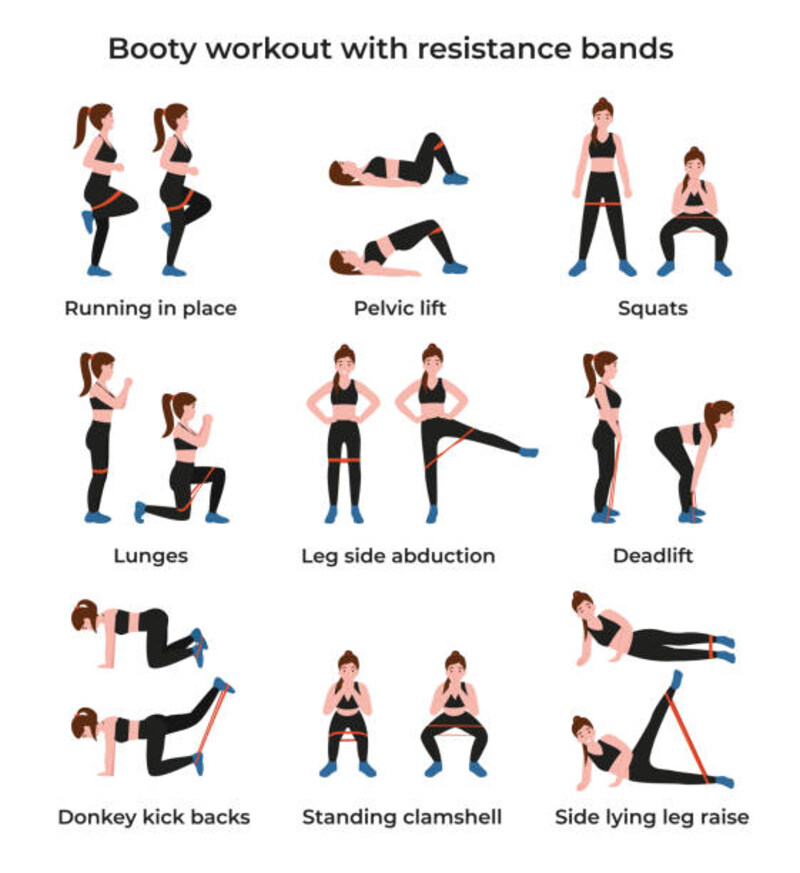Are you looking for ways to take your workout routine up a notch? Strengthening the core is an essential element of any fitness program. But did you know that it's not solely about crunches and planks? Enter pelvic floor exercises - an often-overlooked aspect of core training that can have remarkable benefits for your overall health. In this guide, we'll break down exactly what these exercises are, why they matter, and how to incorporate them into your daily routine so you can finally take control of your core strength. So get ready – it’s time to start strengthening from the inside out.
Understanding the Pelvic Floor and Its Benefits:
The pelvic floor is a group of muscles that supports the internal organs in the pelvis. This important structure helps to control urination and defecation, as well as providing support for the core and spine. In addition, it's responsible for maintaining proper posture, aiding in balance while standing or walking, and providing stability during athletic activities - all essential components of any holistic fitness plan.
A strong pelvic floor can have profound mental benefits as well. It can help to reduce the symptoms of stress, anxiety, and depression, improve sleep quality, and even decrease discomfort during sex. On top of this, regular pelvic floor exercises can potentially reduce a woman's risk of developing incontinence or other urogenital disorders in later life.
Regularly strengthening the pelvic floor can offer a variety of benefits, including:

- Increased circulation to the lower abdominals
- Enhanced sexual performance and satisfaction
- Reduced urine leakage or incontinence during exercise
- Relief from constipation and other digestive issues
- Improved posture and a decrease in lower back pain
- Better balance, control, and stability while standing or walking
How to Perform Pelvic Floor Exercises Properly?

Performing pelvic floor exercises (also known as Kegel exercises after Dr. Arnold Kegel, who popularized them) is simple and straightforward. Start by sitting comfortably with your legs slightly apart and closing your eyes. Now, try to find the muscles in your pelvic floor by pretending you're trying to stop yourself from urinating or passing gas. Once you’ve identified these muscles, tighten and hold them for 10 seconds before releasing. Try to repeat this process five times in a row - with rest periods of approximately 10-15 seconds between each contraction.
As you become comfortable with the movements, try adding weight to your routine by holding a small object (such as a pelvis ball) against your perineum (the area between the anus and genitals). This will help to increase the intensity of your exercises and take them to a more advanced level. Additionally, you can also incorporate external resistance as well by using an elastic band or weight belt for added challenge.
Types of Pelvic Floor Exercises:
Now that you know why strengthening your pelvic floor is so important, let's take a look at the different types of exercises you can do. There are several variations to choose from, each with its own unique benefits.
- Single Kegel Exercises: These are the simplest and most well-known of the pelvic floor exercises. To do a single kegel, simply squeeze and lift your pelvic floor muscles for ten seconds, then release. Repeat several times daily to increase strength.
- Double Kegels: This variation involves performing a series of single kegels in quick succession. Start by squeezing the muscles for five seconds, then release and immediately repeat.
- Reverse Kegels: Contrary to their name, these exercises actually involve squeezing your pelvic floor muscles outward rather than inward. Doing reverse kegels can help to improve posture and balance while standing or walking.
- Bridge Poses: This exercise is similar to a single kegel, except it's done while lying down. Lie on your back and place one hand on your stomach. Then, contract and lift the pelvic floor muscles as you raise your hips off the ground. Hold for five seconds before releasing.
Incorporating Pelvic Floor Exercises into Your Routine:
When it comes to core training, making pelvic floor exercises a priority is key. Here are some tips on how to properly incorporate them into your daily routine.
- Set a schedule: Aim to do 3-4 sets of kegels and bridge poses every day – this will help you develop strength quickly and efficiently.
- Take time to focus: Make sure you take a few moments before each exercise to focus on the proper form and technique.
- Listen to your body: If at any point during your routine you feel uncomfortable or experience pain, stop and consult with your doctor.
- Allow for rest days: Try not to do more than one pelvic floor workout in a single day – give your muscles a chance to rest and recover in between exercises.
With the right dedication and practice, you can start to experience the amazing benefits of pelvic floor exercises in no time! Not only will you feel stronger and more stable, but these exercises can also help you improve your overall health – from digestive issues to urinary incontinence. So don't wait any longer – get started on strengthening your pelvic floor today.
Conclusion:
Strengthening the pelvic floor is an important aspect of any comprehensive fitness program. With regular practice, you can experience a variety of benefits – from improved posture and balance to enhanced sexual performance – all while taking charge of your core strength. So if you're looking for ways to stay physically and mentally fit, consider adding pelvic floor exercises to your daily routine. You'll be glad you did!
FAQs:
How often should I practice pelvic floor exercises?
The frequency of your exercises will depend on the intensity of your routine and your current fitness level. However, it is generally recommended to do 3-4 sets per day for maximum results.
Are there any risks associated with pelvic floor exercises?
When performed properly, pelvic floor exercises are considered safe and effective. However, it's important to listen to your body and stop if you experience any pain or discomfort. It is also recommended to consult with a doctor before beginning any new workout program.
What type of results can I expect from pelvic floor exercises?
Regularly practicing kegels can help to improve circulation to the lower abdominals, reduce urine leakage or incontinence during exercise, and relieve constipation and other digestive issues.




